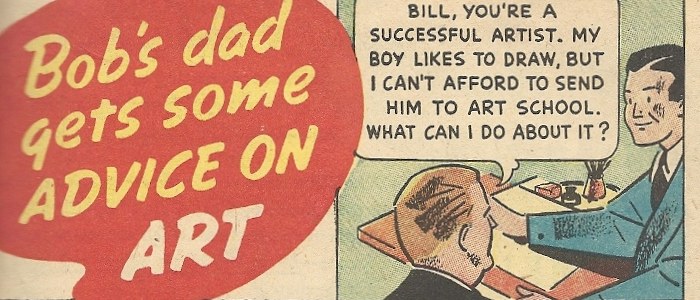
Think of your most important project. Have you finished it? Maybe you are 50% complete or 25%? Or, have you started production at all? If you are not actively scheduling and completing tasks that have been strategically planned, you will never finish that important project. It may even become your unfinished masterpiece.
I Recently purchased the documentary, Persistence of Vision, on DVD from Kevin Schreck Productions. This aptly titled doc is about Richard Williams and his pursuit to create the greatest animated film of all time. Seriously, I first read about the film Williams was producing way back in 1979 from a short blurb in a Kodak publication titled, The World of Animation. On page 132 it says, “He (Williams) has been working on this special project for several years and hopes to complete it in the near future.” And by 1979 he had been working on it for 15 years. He worked on it an additional 16 years after that. Boom! An official world record holder for longest production.
Two key lines from the documentary, Persistence of Vision, that made me stop the DVD and listen again. The first from Williams,
“In the old days you would work at a craft until you became a master, then you would create your masterpiece that showed your skill. I’ve mastered this thing called animation, and I’m creating my masterpiece. If I can ever finish the thing.”
And the second quote is by the writer of the original script,
“Williams had avoided storyboards. Animators found out that they had completed more than enough footage for an 85 minute feature, but they had yet to finish certain sequences involving the central story.”
Williams’ film was his masterpiece, and Williams had indeed mastered his craft. Other seasoned masters were working closely with him, and training teams to maintain animation excellence. The animation is mesmerizing. Sadly, to modern eyes, many beautiful wonders of the process of this film go unseen. An example: the mechanical sequences of the doomsday machine created in the old style – meticulously crafted. It’s so absolutely perfect that uninitiated viewers tend to think it is computer generated. The master’s hand is now forgotten. He did so many things RIGHT on this film. Not just right, but masterfully. He was aware of his own skill level, and he led a team by strict quality standards. He even increased his abilities by gathering old masters around him. Undeniably, the work he completed is his masterpiece.
So, what about the story? Williams work on the film began in the form of illustrations he created for a series of short fable type stories in book form. He partnered with the owner of the stories, because Williams wanted to use these stories as the foundation of a film. Due to the questionable accounting practices of his partner, they went their separate ways. This meant that Williams lost the stories and only retained rights to one, maybe two of the characters. He decided to continue with the project that was originally just disjointed fables, and now had been scalped down even further. According to the earlier quote, he had a script written, but did not follow it “faithfully”, and he avoided storyboards.
Which is more important? The story or the masterpiece? The masterpiece is more important to the master – and it’s a valid endeavor. The story, is more important to the audience. But, NEITHER is MOST important. It is MOST important to complete the project.
You’ve heard it before: Good animation cannot save a bad story, but a good story can save bad animation. Yes, it’s true, but it does not apply to our unfinished projects. Here are some suggestions to help you move forward as a producer of completed animated stories. These alone will not make you a master animator – that is a life-long journey which requires additional input from other masters, and many hours of devotion. They WILL help you become an accomplished content producer, and possibly a successful one.
- Dream up a really good, really short story.
- Create a plan (script, storyboard) and commit to the plan.
- Schedule time to focus on the work of animating that story.
- Finish it (if this part isn’t happening, check to make sure you are sticking to your plan and keeping your scheduled work time).
- Show it to people.
- Listen to those people.
- Use the feedback to dream up an even better story.
- Repeat the process.
